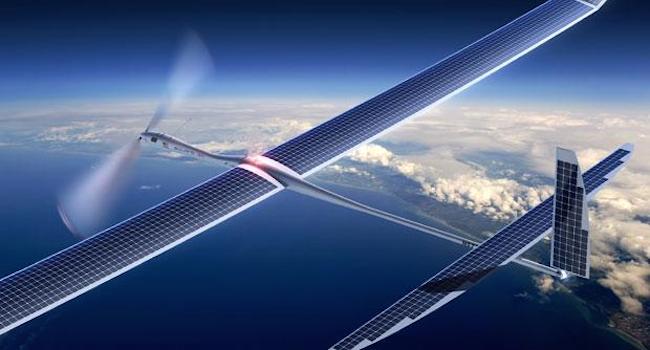The Internet is abuzz with the possibility of Facebook acquiring American Drone company Titan Aerospace – Solar Atmospheric Satellites , to have its own fleet of solar powered drones to provide Internet to the most remote places on our planet lacking the proper infrastructure.
So how does it work ?
A quick look at the Titan Aerospace website tells us that they specialize in solar powered drones, a sub-atmospheric satellite which could stay stationary above a particular location bringing information from Atmospheric Monitoring to Asset Tracking. What makes drones cheaper and convenient than conventional satellites is that they do not have to go through an elaborate launch procedure to leave the Earths atmosphere.
However to stay afloat in a particular location, they need constant energy. For the drones from Titan Aerospace, specially the model Solara 60 | Titan Aerospace ,the energy comes from the sun. Watch the video below for more information.
Is this similar to what Google was doing ?
Yes and no! According to Google’s Loon Project website, Loon for All – Project Loon – Google, they are trying a similar method using high altitude balloon (32 km high) to create an Internet network for remote locations. Unfortunately, it is hard for the balloons to stay in one place and they want to take advantage of the stratospheric winds to move the balloons. More can be found in the video below.
What does it mean for us ?
Is it not going to affect regular internet users at all but these projects mean a lot for remote locations lacking the proper infrastructure. We are almost seeing science fiction come to life, where autonomous drones and balloons are forming a network in our atmosphere.
Also read: Drones hovering around Singapore? Garuda Robotics makes it possible














